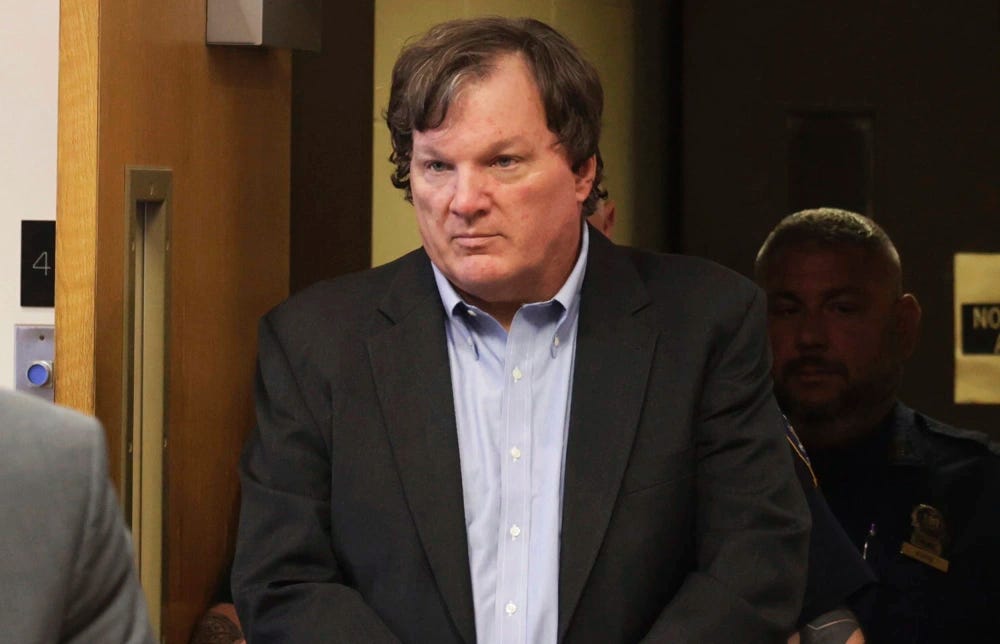Gilgo Beach Serial Killing Suspect Challenges DNA Evidence, Seeks Separate Trials for Seven Murders
Rex Heuermann's defense team contests DNA analysis and requests trials to be divided due to varying evidence in each case.
The New York architect charged in the infamous Gilgo Beach killings is contesting the DNA evidence against him and requesting that the trials for the seven deaths be separated.
Rex Heuermann’s legal team argues that the DNA analysis used by prosecutors is not widely accepted in the scientific community and should be excluded from the trial. Additionally, Heuermann’s defense is pushing for separate trials, claiming that the evidence and circumstances surrounding each death are distinct and should be addressed individually.
Since 2010, authorities have been investigating the deaths of at least 10 people, mostly female sex workers, whose remains were discovered along a desolate stretch of highway near Gilgo Beach on Long Island’s south shore. Heuermann was arrested in 2023 and charged with the murders of three victims between 2009 and 2010: Melissa Barthelemy, Amber Lynn Costello, and Megan Waterman.
Later charges were filed against him in connection with the deaths of four additional victims: Valerie Mack (2000), Jessica Taylor (2003), Maureen Brainard-Barnes (2007), and Sandra Costilla (1993). Heuermann maintains his innocence and has pleaded not guilty to all charges.
Following a Wednesday court hearing, Heuermann’s attorney, Michael Brown, expressed concerns that the cumulative evidence presented by prosecutors could improperly sway the jury. He argued that the evidence in each case varies significantly, including different timeframes, methods of killing, and locations of body disposal. Brown warned that combining all the cases in one trial could create a biased perception of guilt, invoking an “if there’s smoke, there’s fire” mentality.
Prosecutors, however, defended the DNA evidence, specifically hair strands found at the crime scenes, as a critical component of the case. Suffolk County District Attorney Ray Tierney has stood by the DNA science, asserting that the techniques used in the investigation are sound. The prosecution also argued that the "whole genome sequencing" method, which enables a comprehensive collection and evaluation of DNA, is widely accepted across scientific disciplines, including by federal regulators, virologists, paleontologists, and in medical and forensic communities.
In their response, prosecutors noted that the DNA results from Astrea Forensics, a California-based lab, were corroborated by mitochondrial DNA testing, which is long accepted by New York courts. They further revealed that Heuermann allegedly kept a “blueprint” of his crimes on his computer, including checklists outlining tasks to complete before, during, and after the killings.
Heuermann's next court appearance is scheduled for February 18, when the issue of separate trials will be revisited.


